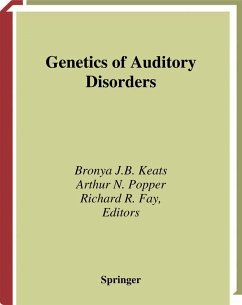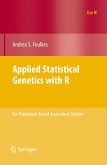Genetics is fundamental to hearing function, and an understanding of genetics enhances both auditory research and the clinical treatment of the hearing impaired. Approaches to the diagnosis and treatment of hearing impairment have developed from technological advances in genetic research. This volume covers gene expression, mutations, mapping and cloning, as well as mitochondrial and cellular genetics. Chapters are also included on the uses of mouse models, genetic epidemiology and genetic counseling specifically for hearing impairment. As a comprehensive review of the genetics of hearing, this book will interest hearing researchers, clinicians and genetic counselors.
From the reviews:
"This handbook represents one of the more recent additions to the expanding list of contributions arising from Springer, illuminating progress in auditory research. ... this is an excellent and authoritative description of the state of the art in human auditory genetics. This area is moving so fast and, hence I recommend interested readers to get it now ... ." (R. C. Trembath, Human Genetics, Vol. 114 (3), 2004)
"This handbook represents one of the more recent additions to the expanding list of contributions arising from Springer, illuminating progress in auditory research. ... this is an excellent and authoritative description of the state of the art in human auditory genetics. This area is moving so fast and, hence I recommend interested readers to get it now ... ." (R. C. Trembath, Human Genetics, Vol. 114 (3), 2004)








